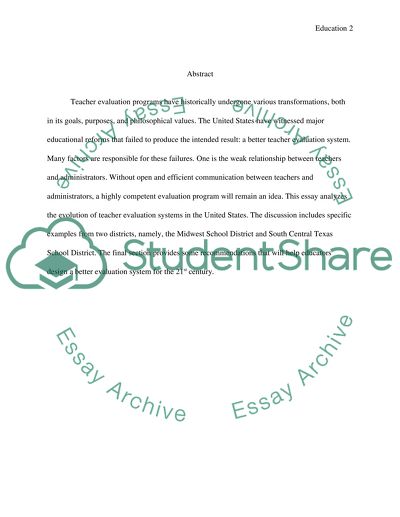Cite this document
(“Teacher evaluation Term Paper Example | Topics and Well Written Essays - 2250 words”, n.d.)
Teacher evaluation Term Paper Example | Topics and Well Written Essays - 2250 words. Retrieved from https://studentshare.org/education/1598799-teacher-evaluation
Teacher evaluation Term Paper Example | Topics and Well Written Essays - 2250 words. Retrieved from https://studentshare.org/education/1598799-teacher-evaluation
(Teacher Evaluation Term Paper Example | Topics and Well Written Essays - 2250 Words)
Teacher Evaluation Term Paper Example | Topics and Well Written Essays - 2250 Words. https://studentshare.org/education/1598799-teacher-evaluation.
Teacher Evaluation Term Paper Example | Topics and Well Written Essays - 2250 Words. https://studentshare.org/education/1598799-teacher-evaluation.
“Teacher Evaluation Term Paper Example | Topics and Well Written Essays - 2250 Words”, n.d. https://studentshare.org/education/1598799-teacher-evaluation.


